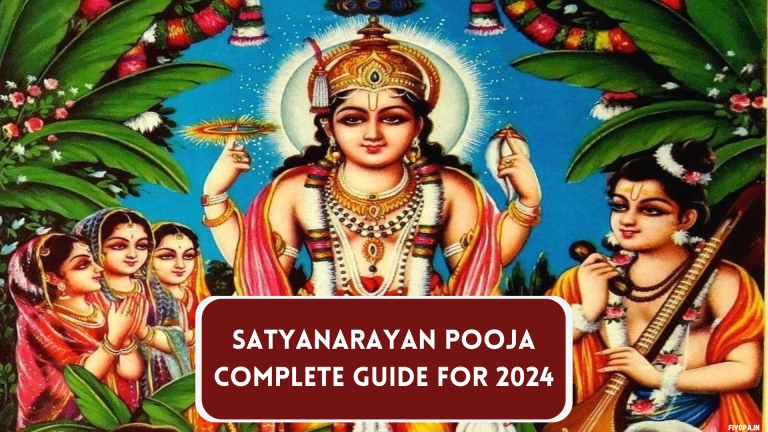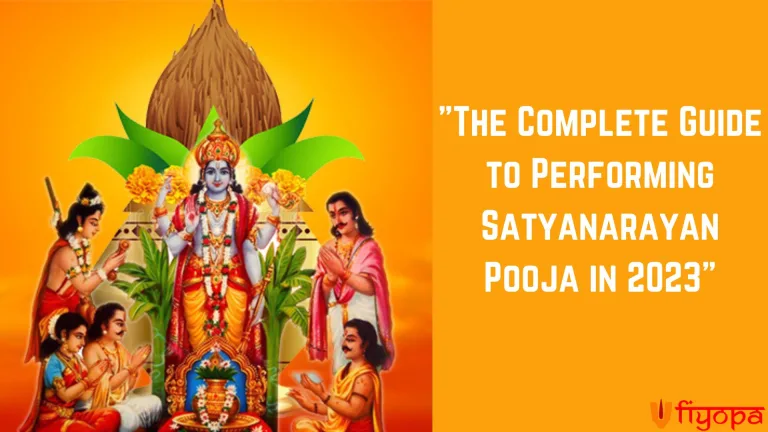Satyanarayan Pooja
Talk to us!
Get All Festival Updates and Many more about Spirituality. Follow Our WhatsApp Channel Below:
JOIN CHANEL
Copyright © 2021-2025 | Fiyopa
Note:- Hello and Welcome We Are Fiyopa A Premium Platform For Pandit For Marriage and Puja. We Provide the Best Pandit for All Worship Work By Vedic Rituals at Your Place. if You are Interested To Book Pandit For Marriage or Puja, Then Contact US. Thank You.



